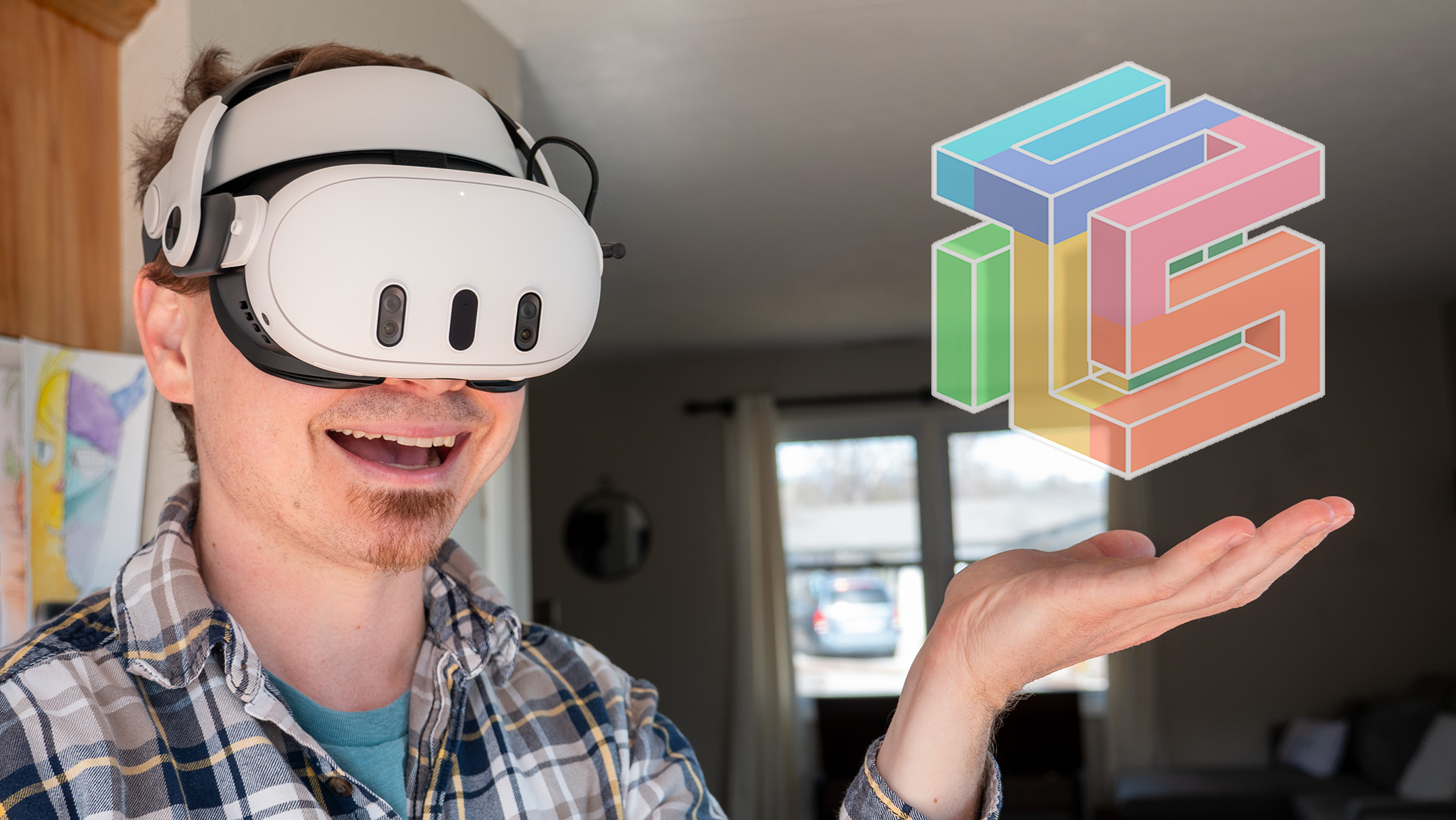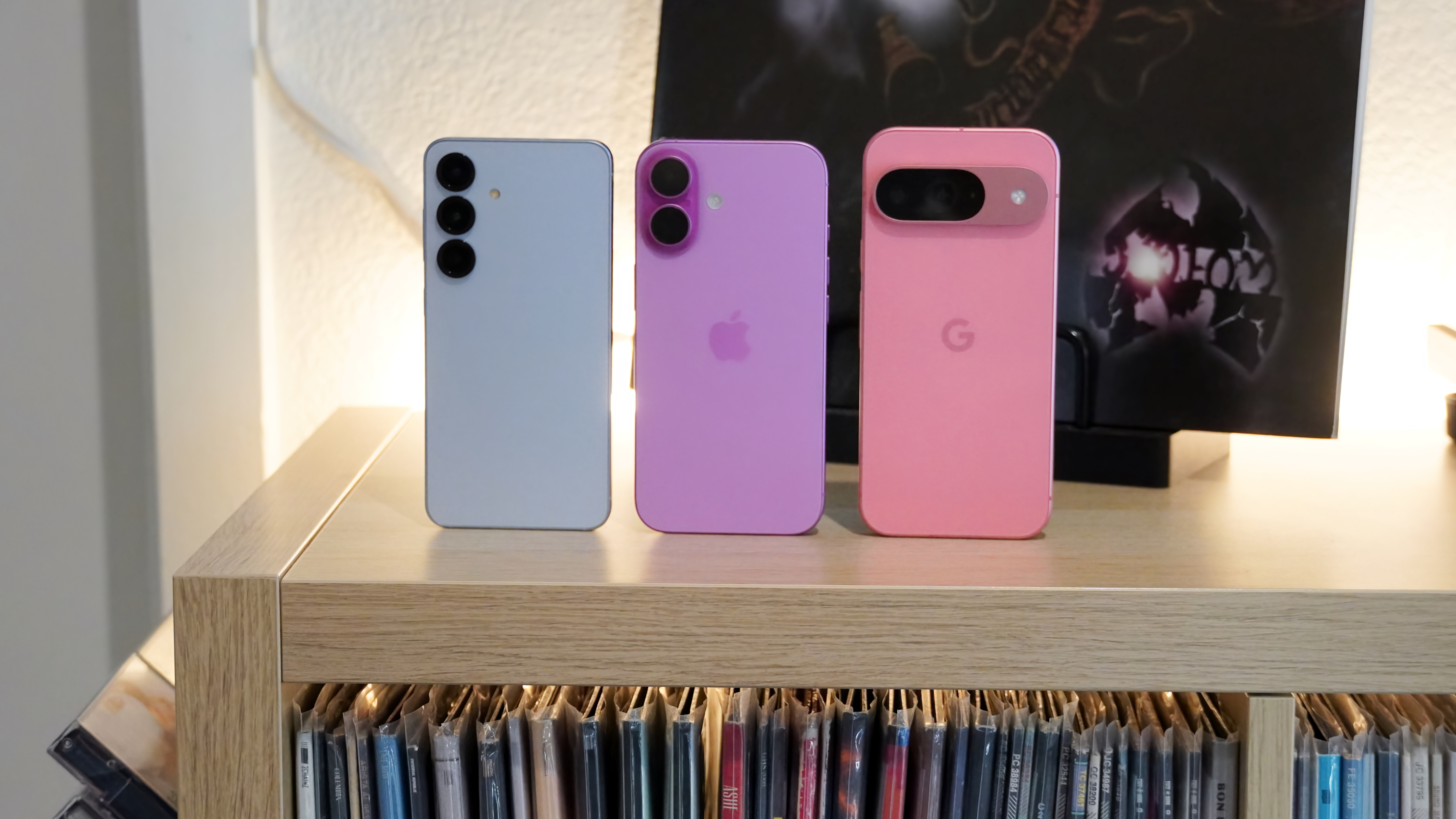Mixed reality games are finally good
Three types of mixed reality games are paving the way to the future.

Mixed reality absolutely looks like a gimmick at first glance. Like most modern technological advancements, the concept of mixed reality on a VR headset didn't have a killer app when it first launched. Sure, we saw a couple of cool ideas from Zuckerberg and Co. at the Quest 3's launch, but there are a few reasons why it made sense for Meta to prioritize mixed reality over things like eye tracking in its latest VR headset.

In his weekly column, Android Central Senior Content Producer Nick Sutrich delves into all things VR, from new hardware to new games, upcoming technologies, and so much more.
Fast-forward to a few months later, and I'm already beginning to understand why this was such a big deal.
In many ways, the trajectory of understanding feels similar to hand tracking — there are still very few good hand-tracking games on Quest — but mixed reality offers a lot more obvious advantages and less friction than hand tracking. It's also not as finicky, and the use cases for mixed reality can be more profound and useful.
More specifically, three types of games are paving the way for what I believe is a beautiful future of mixed reality titles: inside-out/outside-in, spatial awareness, and true mixed reality.
Inside, Outside, Upside down
This first category is the most commonly found one, and it relies heavily on the play space setup function on the Quest 3. Games like Drop Dead: The Cabin and the upcoming update for Stride: Fates use what I like to refer to as "inside-out" mixed reality.
In this type of experience, you're standing in your ordinary actual living room (or wherever else in your home) while the virtual world enters through portals, windows, or "breaking down" the walls and ceiling of your real room. Meta's own First Encounters demo that ships with every Quest 3 headset also uses this concept.
While it's a lot of fun at first, it's one that gets old and feels gimmicky fast. There's only so much you can do in your own room, and I typically put a VR headset on to fully escape to virtual worlds rather than wanting to play games surrounded by my usual four walls, anyway. But that, of course, is where the mixed-reality part comes in (as opposed to full virtual reality).
Be an expert in 5 minutes
Get the latest news from Android Central, your trusted companion in the world of Android
Inside-out games put you in a room and have the virtual world come through the windows and wallls.
The other half of this section I call "outside-in," and it's far less commonly found. Outside-in concepts have you interacting with virtual objects in your room, often leveraging the enhanced view of your play space to encourage more physical movement. Demeter tried to go this route and bring Metroidvania-style platforming to mixed reality, but the game's control and pacing issues made it less enjoyable than it could have been.
That's why I'm so excited about The Infinite Inside by Maze Theory, the developer behind Peaky Blinders: The King's Ransom. The game begins in a mixed-reality environment in your room with a pillar that grows from the floor. You'll walk around this pillar to find puzzle pieces that you'll put together to form keys. Find enough keys, and you'll unlock the true secret to the pillar: a small statue.
Outside-in games put virtual objects in a player's space and can even warp them into virtual reality, as in The Infinite Inside.
This statue comes to life when placed on the marked pedestal in the pillar, which then warps you inside the virtual world you just helped piece together.
In many ways, the storytelling reminds me a lot of Viewfinder, one of my favorite games of 2023. Each story area has players warping and walking around a virtual space that coincides with their own real space, creating a very Inception-like feeling to the puzzle rooms.
When you've collected all the puzzle pieces, you'll be warped back into your physical room with the mixed-reality pillar back in view to assemble the puzzle pieces you found. The storytelling is masterful, and you can experience it right now thanks to a free 2-level demo on Quest App Lab.
Spatial awareness
Some games use mixed reality to ensure that you're not hitting people or things in your room while you roam around virtual space. While several games use this concept well, my two favorites are Smash Drums and Racket Club.
Smash Drums launched its mixed reality feature for Quest Pro last September. Players can choose to "take down the virtual walls" to get a better view of their room while playing — something that's very important when swinging around drumsticks — so as not to hit pets or people that might wander nearby.
You could also place a full virtual drum kit in the room to get some real music practice, making this rhythm game feel a lot more real. A December update added the ability to make paint fling on the walls while playing, ensuring that your room looks like a Jackson Pollock painting after every song.
Because I can see the room around me, I'm able to play sports titles like Racket Club so much better.
Likewise, Resolution Games launched Racket Club in December, which allows you to use your mixed reality space as a racket court while playing. For me, playing this game with mixed reality enabled is paramount to me truly getting into the groove and performing well.
I'm not going to jump to smack a ball coming at me if I'm afraid of hitting my TV or someone else in the room, and that's why I love this particular implementation. The racket court fits perfectly in my play space and encourages me to go all-out with my shots since I can see everything to my left and right.
True mixed reality
True mixed reality games blend virtual objects into your playspace in a passive way, and few games do it, as well as puzzling classic Cubism. As one of the best Meta Quest games for the past few years, it's unsurprising to see Cubism's developer whip up the most ingenious mixed reality designs in no time flat.
Cubism was the first mixed-reality game that seamlessly transitioned from the main Quest menu to mixed reality without having to turn the screen fully black first. It's one of those small details that makes a huge difference, especially when the game fits so well into the "true mixed reality" concept.
Cubism is a quiet puzzle game that gives players Tetris-like Tetromino shapes that need to be placed inside a larger shape to complete a level. Mixed reality is enabled by default when using a Quest 3, and the pieces and menus can be easily placed on a table for maximum immersion.
Cubism is one of the few games where both mixed reality and hand tracking make a perfect pairing. That means it's easy to wake up, toss on your Quest 3, and have a quick game of puzzle-solving while drinking your morning cuppa.
Mixed reality is here to stay, and it opens up a world of unique new concepts that are genuinely fun.
The best part of all of these concepts is that none of the three major ones is better than the other. Each represents a different way to use mixed reality capabilities in a way that better suits some genres and play spaces over others, and all of them represent ways forward for clever developers to make something truly new and unique for bored gamers.
I'm always down for games that are unique and different. Mixed reality games are providing that outlet and helping developers and players think outside of the box... literally! If this is what developers have come up with in just a few short months, I can't wait to see what comes of mixed reality games in the next few years.

-
Grimmnir For sure! Mixed reality has come a long way, transforming from just a novelty to a game-changing way to enjoy VR experiences. Games like "Beat Saber" and "Job Simulator" showcase the power of mixed reality, blending virtual worlds with our own in exciting ways.Reply
Hey, speaking of games, have you ever considered playing to make some extra cash? I'm thinking of trying it myself. A friend suggested this guide about cash app games that pay real money. It lists various games where you can actually win money. Any other tips for a newbie?
